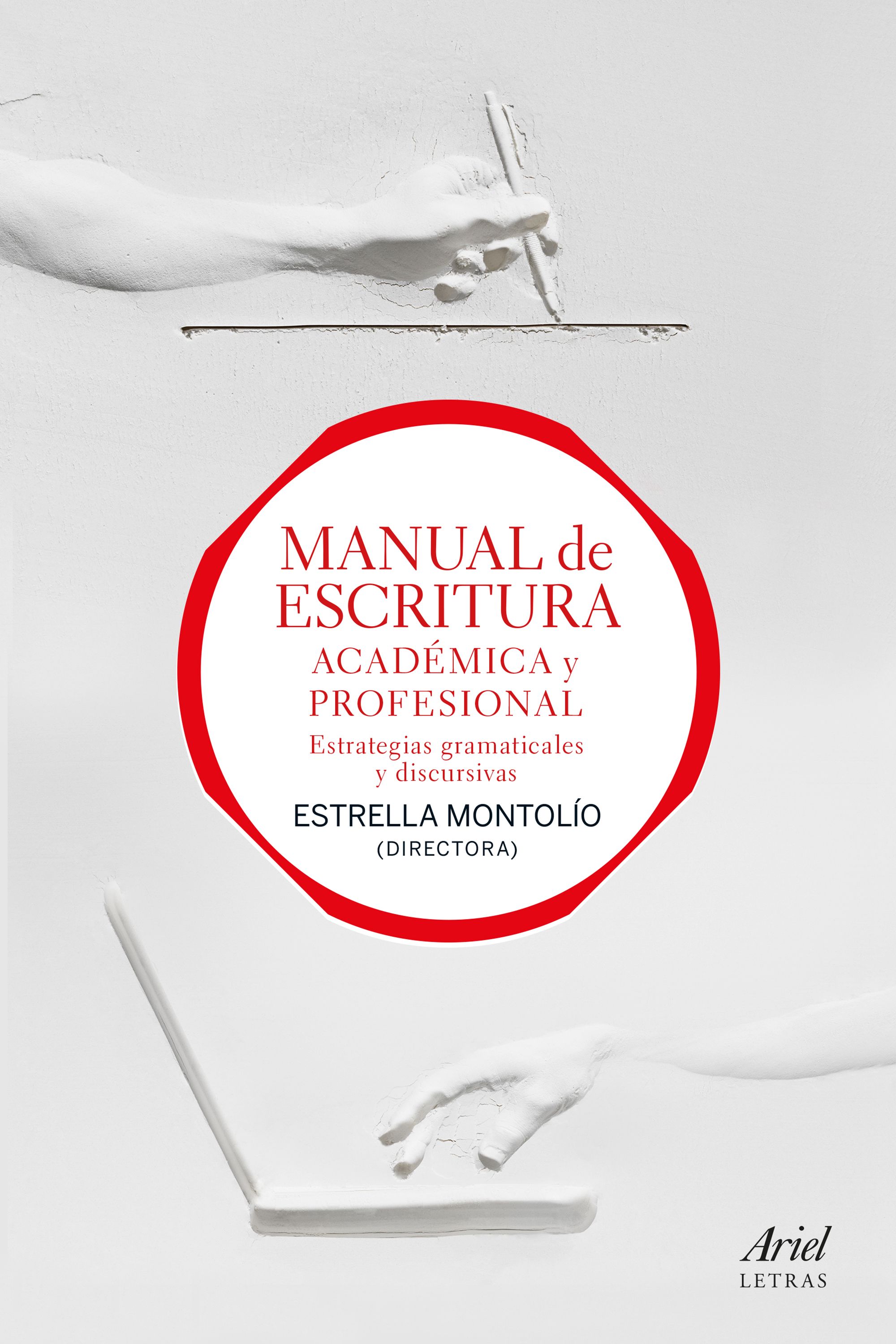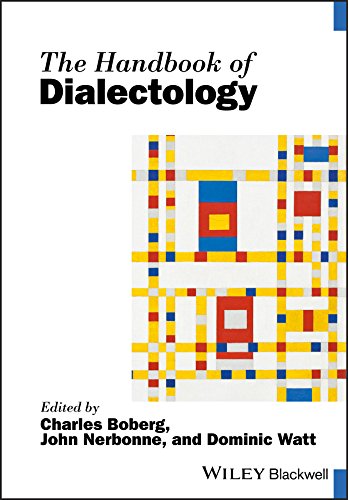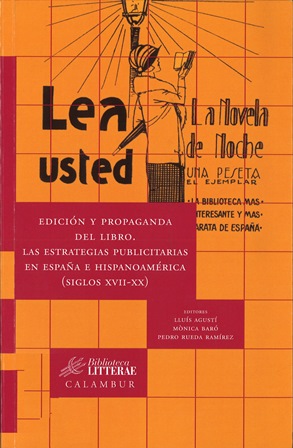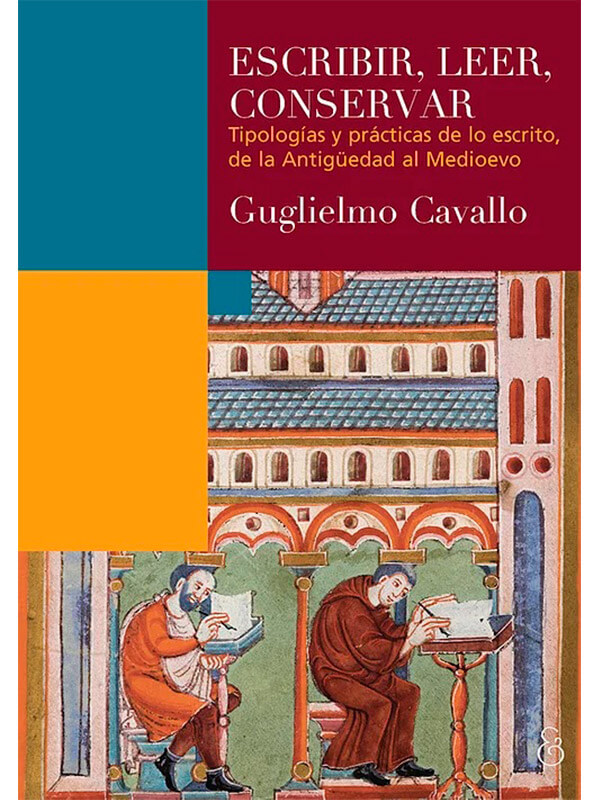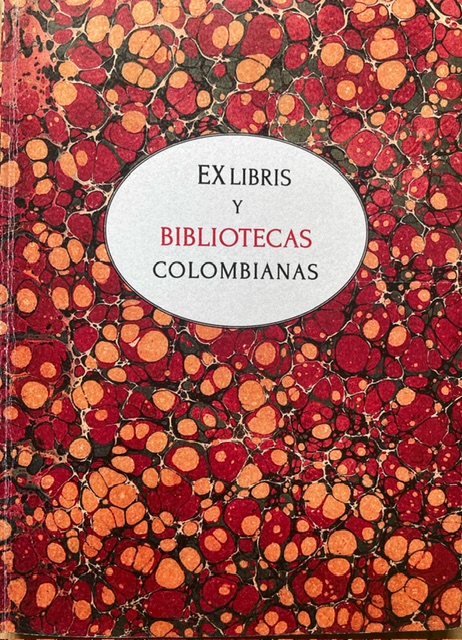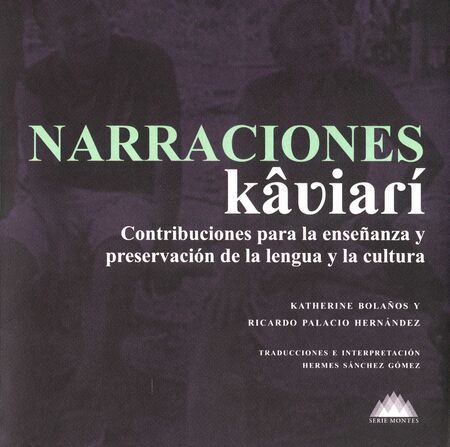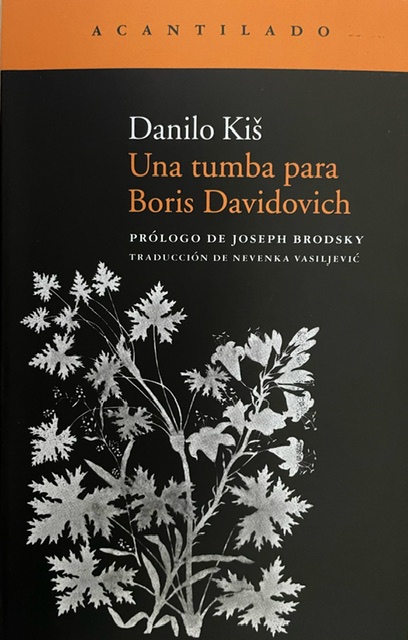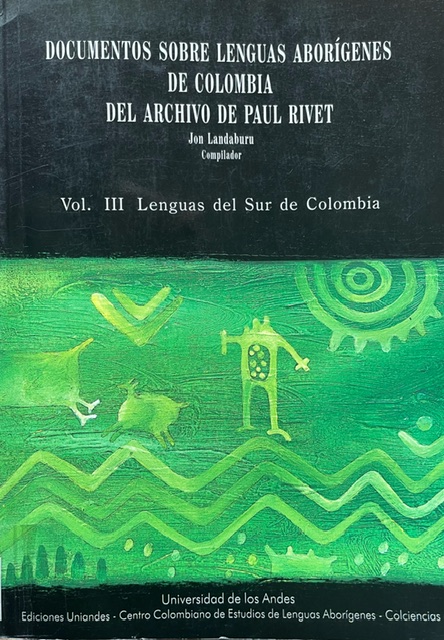| 000 -Líder |
|---|
| Campo de control de longitud fija |
09821nam a22002657a 4500 |
| 003 - Identificador del número de control |
|---|
| campo de control |
CO-BoICC |
| 005 - Fecha y hora de la última transacción |
|---|
| campo de control |
20171205111712.0 |
| 008 - Elementos de longitud fija -- Información general |
|---|
| Campo de control de longitud fija |
171204s2011 xxu||||fr|||| 001 0 eng d |
| 020 ## - ISBN |
|---|
| Número Internacional Normalizado del libro (NR) |
9781412975179 |
| 040 ## - Fuente de catalogación |
|---|
| Agencia de catalogación original |
CO-BoICC |
| Idioma de catalogación |
spa |
| 041 0# - Código de idioma |
|---|
| Código de idioma para texto/pista de sonido o título separado |
eng |
| 082 04 - Número de clasificación decimal Dewey |
|---|
| Número de la edición |
22 |
| Número de clasificación |
001.42 |
| Signatura librística |
C923d |
| 100 1# - Entrada principal -- Nombre personal |
|---|
| Nombre personal |
Creswell, John W., |
| 245 10 - Mención del título |
|---|
| Título |
Designing and conducting : |
| Parte restante del título |
mixed methods research / |
| Mención de responsabilidad, etc. |
John W. Creswell, Vicki L. Plano Clark |
| 250 ## - Mención de edición |
|---|
| Mención de edición |
Segunda edición |
| 260 ## - Publicación, distribución, etc. (Pie de imprenta) |
|---|
| Lugar de publicación, distribución, etc. |
Los Angeles : |
| Nombre del editor, distribuidor, etc. |
SAGE, |
| Fecha de publicación, distribución, etc. |
2011 |
| 300 ## - Descripción física |
|---|
| Extensión |
xxvi, 457 páginas ; |
| Dimensiones |
23 cm. |
| 505 0# - Nota de contenido con formato preestablecido |
|---|
| Nota de contenido con formato preestablecido |
The nature of mixed methods research. -- Defining mixed methods research. -- Examples of mixed methods studies. -- What research problems fit mixed methods?. -- A need exists to explain initial results. -- A need exist to generalize exploratory findings. -- A need exists to enahce a study with a second method. -- A need exists to best employ a theoretical stance. -- A need exists to understand a research objective. -- Through multiple research phases. -- What are the advantages of using mixed methods?. -- What are the challenges in using mixed methods?. -- The question of skills. -- The question of time and resources. -- The question of convincing others. -- The foundations of mixed research. -- Historical foundations. -- When did mixed methods begin?. -- Why mixed methods emerged. -- The development of the name. -- Stage in the evolution of mixed methods. -- Formative period. -- Paradigm debate period. -- Procedural development period. -- Advocacy and expansion period. -- Reflective period. -- Philosophical foundations. -- Philosophy and worldviews. -- Wordviews applied to mixed methods. -- One "best" worodview for mixed methods. - Multiple worldviews in mixed methods. -- Worldviews relate to the type of mixed methods desing. -- Worldviews depend on the scholarly community. -- Theoretical foundations. -- Choosing a mixed methods desing. -- Principles of disigning a mixed methods study. -- Recognize that mixed methods designs can be fixed and/or emergent. -- Identify an approach to desing. -- Match the desing to the research problem, purpose, and questions. -- Be explicit about the reasons for mixing methods. -- Key decisions in choosing a mixed methods desing. -- Determine the level of interaction between the quantitative and qualitative strands. -- Determine the priority of the quantitative and qualitative strands. -- Determine the timing of the quantitative and qualitative strands. -- Determine where and how to mix the quantitative and qualitative strands. -- The major a mixed methods desings. -- Prototypes of the major desings. -- The convergent parallel desing. -- The purpose of the convergent desing. -- When to chose the convergent desing. -- Philosophical assumptions behind the convergent design. -- The convergent design procedures. -- Strengths of the convergent design. -- Challenges in using the convergent design. -- Convergent design variants. -- The explanatory sequential design. -- The purpose of the explanatory design. -- When to choose the explanatory design. -- Philosophical assumptions behind the explanotory design. -- The explanatory design procedures. -- Strengths of the explanatory design. -- Challenges in using the explanotory design. -- Explanatory design variants. -- The exploratory sequential design. -- Strengths of the exploratory design. -- Challenges in using the exploratory design. -- Exploratory design variants. -- The embedded design. -- The purpose of the embedded design. -- When to choose the embedded design. -- Philosophical assumptions behind the embedded design. -- The embedded design procedures. -- Strength of the embedded design. -- Challenges in using the embedded design. -- Embedded variants. -- The transformative design. -- The purpose of the transformative design. -- When to choose the transformative design. -- Philosophical assumptions behind the transformative design. -- The transformative design procedures. -- Strengths of the transformative design. -- Challenges in using the transfortative design. -- Transformative design variants. -- The multiphase design. -- The purpose of the multiphase design. -- When to choose the multiphase design. -- Philosophical assumptions behind the multiphase design. -- The multiphase design procedures. -- Strengths of the multiphase design. -- Challenges in using the multiphase design. -- Multiphase design variant. -- A model for describing a design in awritten report. -- Examples of mixed methods designs. -- Learning from examples of mixed methods research. -- Using tools to describe mixed methods designs. -- A notation system. -- Procedural diagrams. -- Examining the design features of mixed methods studies. -- Six examples of mixed methods designs. -- Study A: An example of the convergent parallel design . -- Study B: An example of the explanatory sequential design. -- Study C: An example of the exploratory sequential design. -- Study D: An example of the embedded design. -- Study E: An example of the multiphase design. -- Similarities and differences among the sample studies. -- Introducing a mixed methods titles. -- Stating the research problem in the introduction. -- Topics in a statement of the problem section. -- Integrate mixed methods into the statement of the problem. -- Developing the purpose statement. -- Qualitative and quantitative purpose statements. -- Mixed methods purpose statemets. -- Writing research questions and hypotheses. -- Qualitative questions and quantiative questions and hypotheses. -- Mixed methods research questions. -- Collecting data in mixed methods research. -- Procedures in collecting qualitative and quantitative data. -- Using sampling procedures. -- Gaining permissions. -- Collecting information. -- Recording the data. -- Administering the procedures. -- Data collection in mixed methods. -- Covergent design. -- Decide whether the two samples will include different or the same individuals. -- Decide whether the size of the two samples will be the same or different. -- Decide to design parallel data collection questions. -- Decide if the data will be collected on two, independent sources or a single source. -- Explanatory design. -- Decide whether to use the same or different individuals in both samples. -- Decide on the sizes for the two samples. -- Decide what quantitative results to follow up. -- Decide how to select the best participants for the qualitative follow-up phase. -- Decide how to describe the emerging follow-up phase for institutional review board approval. -- Exploratory design. -- Decide who and how many individuals to include in tha sample for the quantitative phase. -- Decide how to describe the emerging follow-up phase for institutional review board approval. -- Decide what aspect of the qualitative results to use to inform the quatitative data collection. -- Decide what steps to take in developing a good quantitative instrument. -- Decide how to convey the instrument dvelopment cmponent in aprocedural diagram. -- Embedded design. -- Decide the reason and timing for embedding a second type of data within a larger design. -- Decide wether the issue of introducing bias within an embedden experiment is a concern. -- Decide what approach will provide the desing or procedure for collecting quantitative and qualitative data. -- Decide what data collection issues can be anticipated within the chosen design or procedure. -- Transformative design. -- Decide how best ot refer to and interact with partipants. -- Decide what sampling strategies will promote inclusiveness. -- Decide how to actively involve participants in the data collections process. -- Decide to use instruments that are sensitive to the cultural context of the group being studied. -- Multiphase design. -- Decide to use multiple sampling strategies. -- Decide how to sample and collect data for each phase. -- Decide how to handle measurement and attrition issues. -- Decide on the programmatic thrust to provide the fram work for the multiphase projects. -- Analyzing and interpreting data inmixed methods research. -- The basics of quantitative and qualitative data analysis and interpretation. -- Preparing the data for analysis. -- Exlporing data. -- Analyzing the data. -- Representing the data analysis. -- Intepreting the results. -- Validating the data and results. -- Data analysis and interpretation within mixed methods designs. -- Steps and and key decisions in data analysis for each mixed methods design. -- Decisions for merged data analysis in a concurrent approach. -- Strategies for comparing results. -- Strategies for interpreting merged results and creconciling differences. -- Decisions for connected data alysis in a sequential approach. -- Strategies for connected results. -- Validation and mixed methods designs. -- Software applications and mixed methods data analysis. -- Writing and evaluating mixed methods research. -- General guidelines for writing. -- Relate the structure to the mixed methods design. -- Structure of a proposal for a mixed methods. -- Dissertation of thesis. -- Structure of a mixed methods dissertation or thesis. -- Structure for a nationla institutes of health proposal. -- Structure of a mixeed methods journal article. -- Evaluating a mixed methods study. -- Quantitative and qualitative evaluation criteria. -- Mixed methods evaluation criteria. -- Summary and recommendations. -- Writing methodological paper. -- Defining mixed methods. -- Using terms. -- Using philosophy. -- On designing procedures. -- On the value added by mixed methods. |
| 541 ## - Nota de fuente inmediata de adquisición |
|---|
| Fuente de adquisición |
K-T-DRA |
| Método de adquisición |
Compra |
| Fecha de adquisición |
03/05/2017 |
| Precio de compra |
Factura - K32551 |
| 591 ## - Áreas temáticas |
|---|
| Áreas temáticas |
Lenguaje y lenguas |
| 650 17 - Asiento secundario de materia -- Término temático |
|---|
| Fuente del encabezamiento o término |
LEMB |
| Término temático o nombre geográfico como elemento de entrada |
Investigación |
| Subdivisión general |
Metodología |
| 650 17 - Asiento secundario de materia -- Término temático |
|---|
| Fuente del encabezamiento o término |
LEMB |
| Término temático o nombre geográfico como elemento de entrada |
Metodología científica |
| 700 1# - Asiento Secundario--Nombre personal |
|---|
| Nombre personal |
Plano Clark, Vicki L., |
| 942 ## - Tipo de Material (KOHA) |
|---|
| Tipo de Item |
Libros |




